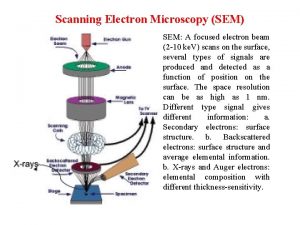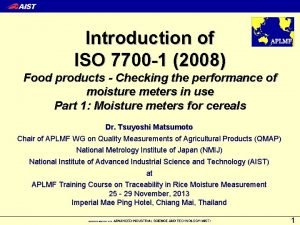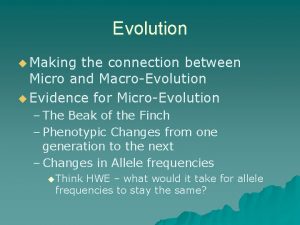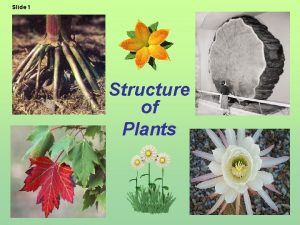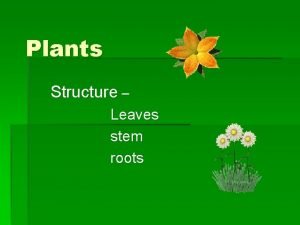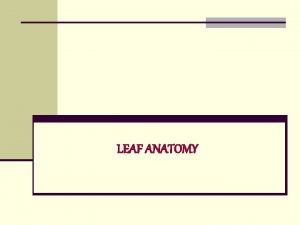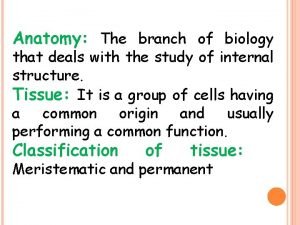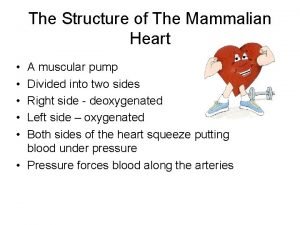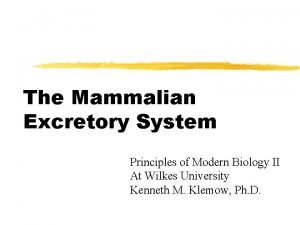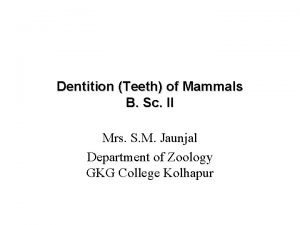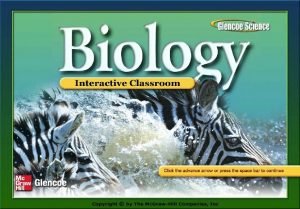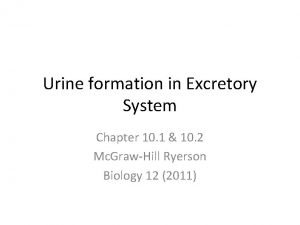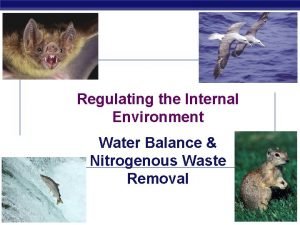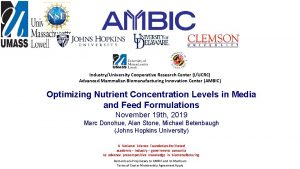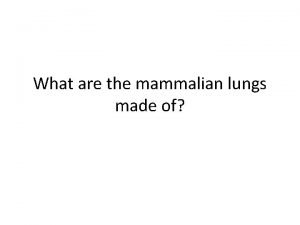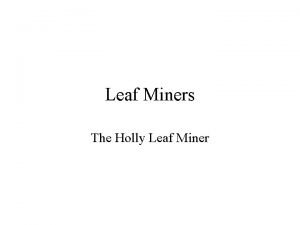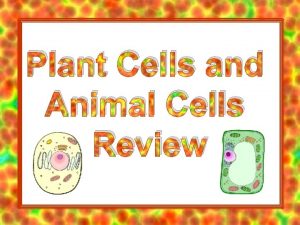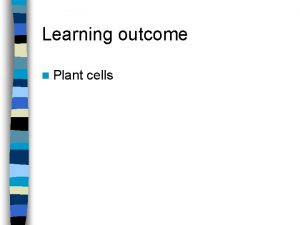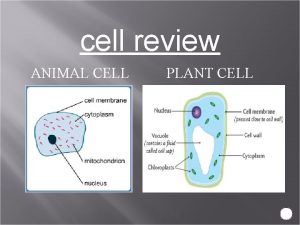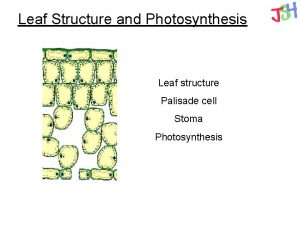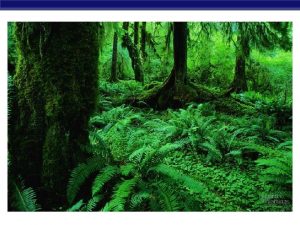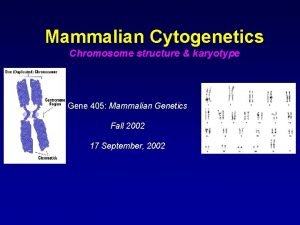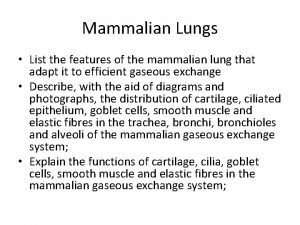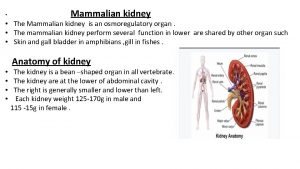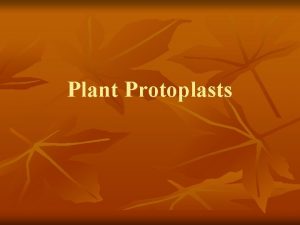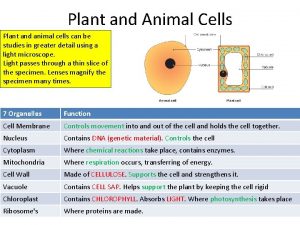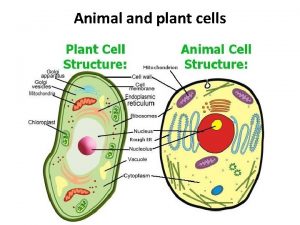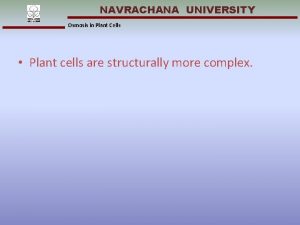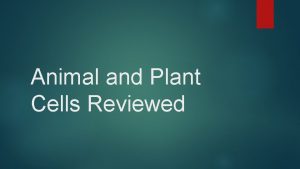Plant leaf cell SEM x 7700 Mammalian cells





























- Slides: 29

Plant leaf cell (SEM) (x 7700) Mammalian cells (SEM) (x 2500)

Plant cell (EM) (x 4500 app. )

General animal cell (EM) (x 5000 app. )


4. 2 Differences between plant and animal cells Plant Cells Animal Cells

4. 2 Differences between plant and animal cells Plant Cells 1 Cell wall present Animal Cells

4. 2 Differences between plant and animal cells Plant Cells 1 Cell wall present Animal Cells Absent

4. 2 Differences between plant and animal cells Plant Cells 1 Cell wall present 2 Pits & plasmodesmata in cell wall Animal Cells Absent

4. 2 Differences between plant and animal cells Plant Cells 1 Cell wall present 2 Pits & plasmodesmata in cell wall Animal Cells Absent

4. 2 Differences between plant and animal cells Plant Cells 1 Cell wall present 2 Pits & plasmodesmata in cell wall 3 Middle lamella present A cementing layer sticking neighbouring cell walls together Animal Cells Absent

4. 2 Differences between plant and animal cells Plant Cells 1 Cell wall present 2 Pits & plasmodesmata in cell wall 3 Middle lamella present Animal Cells Absent

4. 2 Differences between plant and animal cells Plant Cells 1 Cell wall present 2 Pits & plasmodesmata in cell wall 3 Middle lamella present 4 Plastids (chloroplasts & leucoplasts) present Animal Cells Absent Double membraned organelles in plants: chloroplast for photosynthesis, chromoplast for colouring, leucoplasts for storage (e. g. starch)

4. 2 Differences between plant and animal cells Plant Cells 1 Cell wall present 2 Pits & plasmodesmata in cell wall 3 Middle lamella present 4 Plastids (chloroplasts & leucoplasts) present Animal Cells Absent

4. 2 Differences between plant and animal cells Plant Cells 1 Cell wall present 2 Pits & plasmodesmata in cell wall 3 Middle lamella present 4 Plastids (chloroplasts & leucoplasts) present 5 Large central vacuole Animal Cells Absent

4. 2 Differences between plant and animal cells Plant Cells 1 Cell wall present 2 Pits & plasmodesmata in cell wall 3 Middle lamella present 4 Plastids (chloroplasts & leucoplasts) present 5 Large central vacuole Animal Cells Absent Small & numerous if present

4. 2 Differences between plant and animal cells Plant Cells 1 Cell wall present 2 Pits & plasmodesmata in cell wall 3 Middle lamella present 4 Plastids (chloroplasts & leucoplasts) present 5 Large central vacuole 6 Tonoplast present Animal Cells Absent Small & numerous if present

4. 2 Differences between plant and animal cells Plant Cells 1 Cell wall present 2 Pits & plasmodesmata in cell wall 3 Middle lamella present 4 Plastids (chloroplasts & leucoplasts) present 5 Large central vacuole 6 Tonoplast present Animal Cells Absent Small & numerous if present Absent

4. 2 Differences between plant and animal cells Plant Cells 1 Cell wall present 2 Pits & plasmodesmata in cell wall 3 Middle lamella present 4 Plastids (chloroplasts & leucoplasts) present 5 Large central vacuole 6 Tonoplast present 7 Peripheral cytoplasm & nucleus Animal Cells Absent Small & numerous if present Absent

4. 2 Differences between plant and animal cells Plant Cells 1 Cell wall present 2 Pits & plasmodesmata in cell wall 3 Middle lamella present 4 Plastids (chloroplasts & leucoplasts) present 5 Large central vacuole 6 Tonoplast present 7 Peripheral cytoplasm & nucleus Animal Cells Absent Small & numerous if present Absent Both are usually centrally located

4. 2 Differences between plant and animal cells Plant Cells 1 Cell wall present 2 Pits & plasmodesmata in cell wall 3 Middle lamella present 4 Plastids (chloroplasts & leucoplasts) present 5 Large central vacuole 6 Tonoplast present 7 Peripheral cytoplasm & nucleus 8 Centrioles absent in higher plants Animal Cells Absent Small & numerous if present Absent Both are usually centrally located

4. 2 Differences between plant and animal cells Plant Cells 1 Cell wall present 2 Pits & plasmodesmata in cell wall 3 Middle lamella present 4 Plastids (chloroplasts & leucoplasts) present 5 Large central vacuole 6 Tonoplast present 7 Peripheral cytoplasm & nucleus 8 Centrioles absent in higher plants Animal Cells Absent Small & numerous if present Absent Both are usually centrally located Centrioles present

4. 2 Differences between plant and animal cells Plant Cells 9 Starch grains for storage Animal Cells

4. 2 Differences between plant and animal cells Plant Cells 9 Starch grains for storage Animal Cells Gycogen for storage

4. 2 Differences between plant and animal cells Plant Cells 9 Starch grains for storage 10 Only meristematic cells are capable of division Animal Cells Gycogen for storage

4. 2 Differences between plant and animal cells Plant Cells 9 Starch grains for storage 10 Only meristematic cells are capable of division Animal Cells Gycogen for storage Almost all cells are capable of cell division

4. 2 Differences between plant and animal cells Plant Cells 9 Starch grains for storage 10 Only meristematic cells are capable of division 11 Few secretions Animal Cells Gycogen for storage Almost all cells are capable of cell division

4. 2 Differences between plant and animal cells Plant Cells 9 Starch grains for storage 10 Only meristematic cells are capable of division 11 Few secretions Animal Cells Gycogen for storage Almost all cells are capable of cell division Many secretions

4. 2 Cell Ultrastructure Separation of cell organelles - cell fractionation 1. Tissue cut into pieces 1. Ground in a homogenizer 2. Differential centrifugation (increasing the speed) - cell wall fragments, nuclei, chloroplasts, mitochondria, endoplasmic reticulum, fragments, and finally ribosomes

4. 2. 1 Cytoplasmic matrix - hyaloplasm or cytosol - a colloidal suspension of many chemicals: ions, e. g. Na+, Fe 2+ organic molecules, e. g. glucose storage material, e. g. starch - many biochemical processes occur in cytoplasm - carries out cytoplasmic streaming
 Sem sem sem
Sem sem sem Iso 7700
Iso 7700 Ibm ts4500 redbook
Ibm ts4500 redbook Animal rights and animal welfare venn diagram
Animal rights and animal welfare venn diagram Atividades sobre intertextualidade 6 ano com gabarito
Atividades sobre intertextualidade 6 ano com gabarito Releia voltou a criar histórias agora sem culpa e sem medo
Releia voltou a criar histórias agora sem culpa e sem medo Maple leaf and oak leaf homologous
Maple leaf and oak leaf homologous Leaf and non leaf procedure
Leaf and non leaf procedure Plant cell outline
Plant cell outline Function of cells
Function of cells Plant cell structure
Plant cell structure Function of vacuole in plant cell
Function of vacuole in plant cell Difference between plant and animal cell
Difference between plant and animal cell Idealized animal cell and plant cell
Idealized animal cell and plant cell What is the gooey liquid in plant and animal cells
What is the gooey liquid in plant and animal cells Guard cells function in leaf
Guard cells function in leaf Leaf cell
Leaf cell Leaf structure
Leaf structure Perforation plates
Perforation plates The bulliform cells on leaf epidermisfound in
The bulliform cells on leaf epidermisfound in Mammalian dive reflex
Mammalian dive reflex Chordae tendineae
Chordae tendineae Ekskresi
Ekskresi Types of mammalian teeth
Types of mammalian teeth Mammals characteristics
Mammals characteristics Mammalian excretory system
Mammalian excretory system Mammalian excretory system
Mammalian excretory system Mammalian biomanufacturing
Mammalian biomanufacturing Mammalian excretory system
Mammalian excretory system Structure of mammalian lungs
Structure of mammalian lungs
